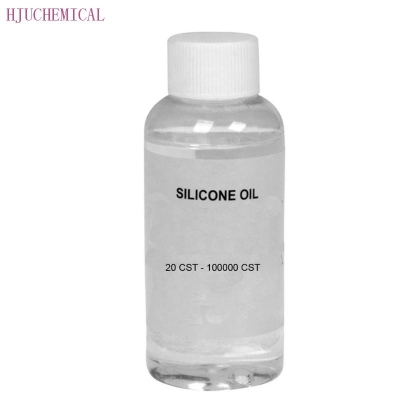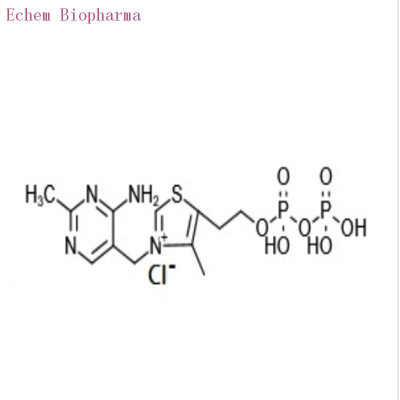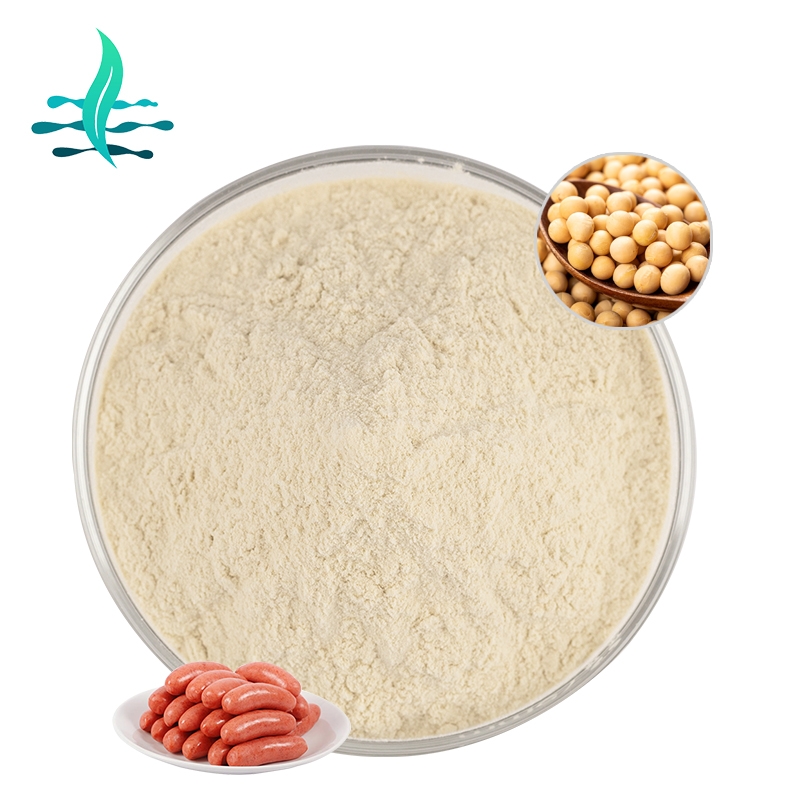"Ghostbusters" methyl arsenic causes rice drought
-
Last Update: 2021-03-15
-
Source: Internet
-
Author: User
Search more information of high quality chemicals, good prices and reliable suppliers, visit
www.echemi.com
the process of methylation and de-methylation of arsenic in rice field soil, as well as the relationship with rice dry-green disease. Nanjing Agricultural University to map the
why some rice field soil produces a lot of methyl arsenic? Some rice paddies produce little or no soil? What "leads wolves into the room" to produce methyl arsenic? How can I get rid of methyl arsenic? Recently, Zhao Fangjie, a professor at Nanjing Agricultural University's School of Culture, conducted research on the main microbiomes in rice field soil-driven "arsenic inf spot" and found that the key microbiome sulphate reduction bacteria in rice soil flooding produced dmi arsenic (DMAs), which in turn can be produced by methane paleobacteria demethyl to form methane and inorganic arsenic. The findings were published online in the Journal of the International Society for Microbiology and Ecology.
Inorganic arsenic is generally considered to be more toxic, while microorganisms are more toxic to arsenic methylation, but recent studies have shown that methamphetyl arsenic is more toxic to plants than inorganic arsenic, and that methamphetyl arsenic accumulates in rice. Can induce a physiological disease called drought-green disease (also known as direct spike disease), disease plants can not be normal grouting solid, spike upright, shell malformation, can cause a large reduction in rice production, serious or even particles no harvest. This physiological disease occurs in rice areas in the Yangtze River basin and Jianghuai area, and there are no effective prevention and control measures.Using microbial-specific inhibitors, microbial-rich culture, 13C stable isotope markers and functional gene quantification, the
team revealed the key microbiomes that drive arsenic methylation and de-methylation in rice soil, and how to control the accumulation and disappearance of methamphetyl arsenic in rice soil. They further proposed a bio-geochemical cycle model of arsenic in rice field soil, combining the morphological transformation of arsenic with changes in soil redoxity and ecological niches of different microbiomes. The results of this study have important guiding significance for controlling the accumulation of methyl arsenic in rice field soil and preventing and controlling rice dry-green disease.
research has been funded by the National Natural Science Foundation of China, the Ministry of Education innovation team and other projects. (Source: Li Chen, China Science Journal)
relevant paper information:
This article is an English version of an article which is originally in the Chinese language on echemi.com and is provided for information purposes only.
This website makes no representation or warranty of any kind, either expressed or implied, as to the accuracy, completeness ownership or reliability of
the article or any translations thereof. If you have any concerns or complaints relating to the article, please send an email, providing a detailed
description of the concern or complaint, to
service@echemi.com. A staff member will contact you within 5 working days. Once verified, infringing content
will be removed immediately.







